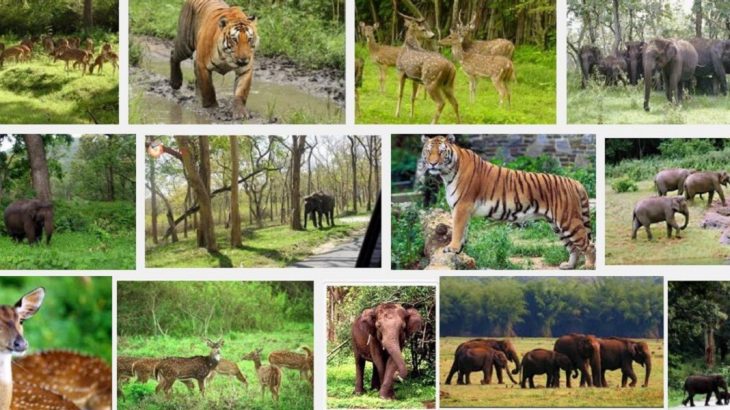An Overview of the Problems
Extinction has been the fate of most plant and animal species. It is a
natural process that will continue. In recent years, however, the threat
to the welfare of wild plants and animals has increased dramatically—
mostly as a result of habitat destruction. Tropical rain forests, the most
threatened areas on the earth, have been reduced to 44% of their original
extent. In certain areas, such as Ecuador, forest coverage has been
reduced by 95%. This decrease in habitat has resulted in tens of thousands
of extinctions. Accurately estimating the number of extinctions
is impossible in areas like rain forests, where taxonomists have not
even described most species. We are losing species that we do not know
exist, and we are losing resources that could lead to new medicines,
foods, and textiles. Other causes of extinction include climate change,
pollution, and invasions from foreign species. Habitats other than rain
forests—grasslands, marshes, deserts, and coral reefs—are also being
seriously threatened.
No one knows how many species living today are close to extinction.
As of 2001, the U.S. Fish and Wildlife Service lists 1,539 species
on its endangered or threatened species lists. An endangered species is
in imminent danger of extinction throughout its range (where it lives).
A threatened species is likely to become endangered in the near future. Clearly, much work is
needed to improve these alarming statistics. It requires a
large diversity of genes within species groups to promote species survival
in changing environments. This genetic diversity requires large
populations of plants and animals.
Preservation of endangered species depends on a multifaceted conservation
plan that includes the following components:
1. A global system of national parks to protect large tracts of land
and wildlife corridors that allow movement between natural
areas.
2. Protected landscapes and multiple-use areas that allow controlled
private activity but also retain value as a wildlife habitat.

3. Zoos and botanical gardens to save species whose extinction is
imminent.
Comments